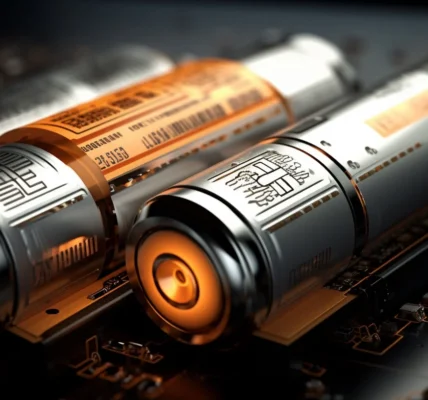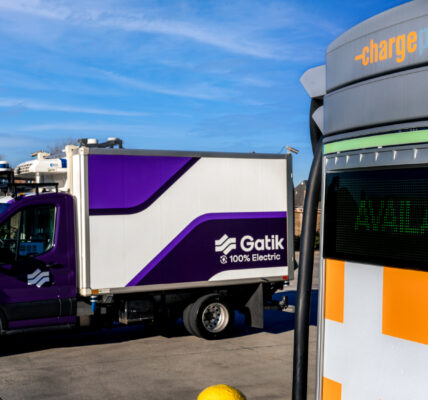Electric bus manufacturer Proterra and motor coach operator ABC Companies recently announced what the companies claim is the largest charging facility for motor coaches—larger, more luxurious buses designed for longer trips than urban transit buses—in North America.
Located on a 3.5-acre site in Newark, California, the facility has 20 dual-cable EV chargers, allowing it to charge up to 40 motor coaches, with charging power up to 1.4 megawatts, according to a Proterra press release.
Proterra has been one of the leaders for electric buses, jockeying with BYD for some of the top sales. The company has been electrifying motor coaches from Van Hool with its own battery and electric powertrain hardware, which the California charging facility will support.
ABC Companies claims its fleet of electric vehicles, ranging from 8-passenger vans to 75-passenger double-deck motor coaches, has logged hundreds of thousands of miles over almost two years.
The charging facility was developed with input from utility Pacific Gas & Electric (PG&E), which is expanding its charging infrastructure efforts from passenger cars to commercial vehicles. PG&E claims to have contracted with more than 180 sites to date, enabling charging for over 3,700 medium- and heavy-duty vehicles.
Electrifying larger vehicles like buses is an important piece of the emissions reduction puzzle. A 2021 study found that a shift to electric trucks and buses could prevent more than 57,000 premature deaths by reducing air pollution. A London bus charging project has also shown how this added charging infrastructure could be used to help stabilize the grid by syncing charging with the peaks and troughs of electricity demand.








